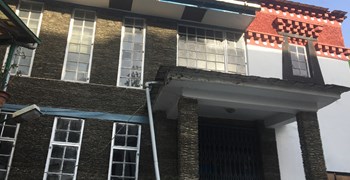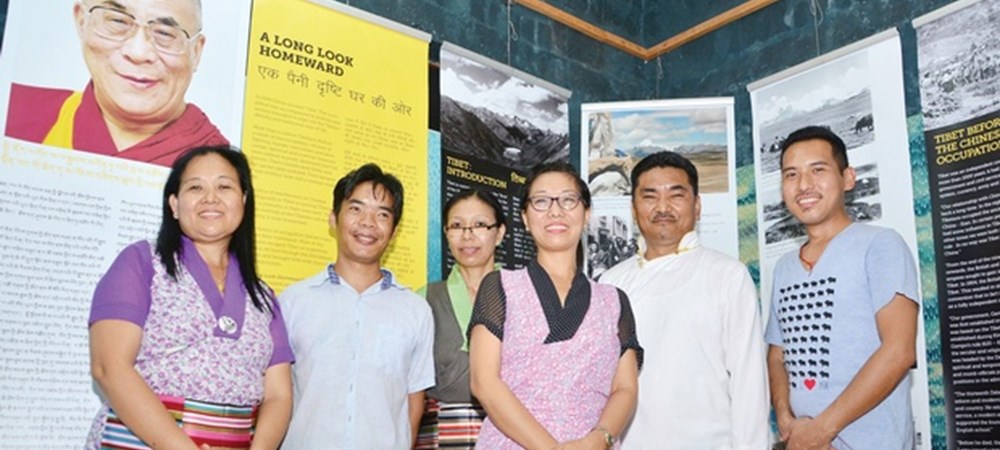Snapshots of a Himalayan Oppression
When photographs from the collection of Dharamshala-based Tibet Museum were displayed at the Centre for Political and Social Art’s ground in Alleppey last month, people had the opportunity to know more about Tibet. The two-day travelling exhibition, ‘A Long Look Homeward’, held from March 3 showcased artefacts from Friends of Tibet, an organisation that supports the cause of the Himalayan region.
The exhibition was an attempt to spread awareness about the various problems the people of the region face due to the Chinese occupation. Right opposite the entrance, a photograph showed a young Tibetan protester with a blood-spattered face lying on wooden slats. In this frame, a few shoe-clad feet can be seen around him. Gonpo Paljor was shot dead by the Chinese armed forces during a demonstration in Tibet on March 5, 1988.
A series of photographs depicted the systematic destruction of monasteries and religious institutions in Tibet. “Since the Chinese occupation in March 1959, over 6,000 buildings have been destroyed,” says Tashi Phuntsok, director of the museum. “Ancient images and sculptures have been sold in international art markets. In the early years of the occupation, the holy scriptures were used as shoe soles,” he says.
The photographs displayed the ruins of Lhasa’s Ganden Monastery, founded in 1409 AD and destroyed during the Chinese Cultural Revolution of 1985, along with many other Tibetan monuments such as the 127 BC Yumbul Kang and the Radreng Monastery, founded in 1057 AD.
“There are four themes of the exhibition: invasion, destruction, resistance and community in exile,” says Sethu Das, president of Friends of Tibet. The exhibition displayed 115 photographs, coins and currencies used in the region before the occupation. A folded green uniform of the People’s Liberation Army of China was an attraction too.
An old-style Zenith radio was kept in a corner. A few years ago, when the Dalai Lama visited Kochi, Das asked him, “Your Holiness, do you remember this radio?”
The Dalai Lama shook his head. Das said, “This is your radio.” The Dalai Lama burst into laughter as he hadn’t expected to see the radio in Kochi. The spiritual leader had used it during his stay at the Potala Palace at Lhasa and Dharamshala decades ago. It was later gifted to Friends of Tibet by his younger sister Jetsun Pema.
The visitors included a group of Tibetans. Dorjee Rapten Neshar, the chief medical officer of the Tibetan Medical and Astrological Institute, Bengaluru, points to a photograph in which several Chinese and Tibetan men are seated across a wooden table. It was taken when the infamous 17-point agreement between the governments of China and Tibet was signed on May 23, 1951, in Beijing. He singles out a man in the picture and says, “That is Ngapoi Ngawang Jigme, the leader of the Tibetan delegation during the signing of the agreement. He was pro-Chinese and keen to sign it. The other members of the delegation, however, felt that independence of the Himalayan region would be lost after the agreement. The Chinese government forced us to sign it.”
The most poignant section was that of the photographs of youth who immolated themselves. “The outside world does not know that 143 young Tibetans self-immolated since 2009,” says Phuntsok. “They all laid down their lives for the religious freedom and identity, as well as economic marginalisation of the people of the region.”
The exhibition will now travel to Kochi, Thiruvananthapuram, Kozhikode, Goa and Maharashtra. “This is for the awareness about the situation inside Tibet,” says Phuntsok. “We are a people without a country.”











